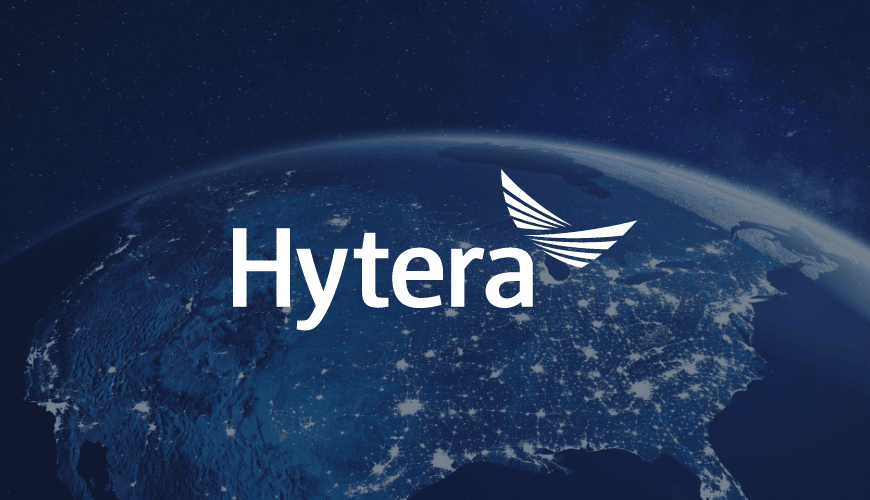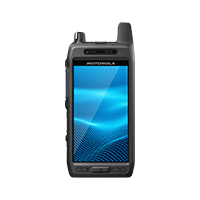Anyone thought about these new(ish) LTE radios? They are NOT satellite communicators. They are NOT short wave/HAM radios. Nor are they inexpensive Walkie Talkies. Basically Push-to-Talk over Cellular.
Near as I can tell they are essentially dedicated radioes operating on 3G/4G/LTE cellular networks and offer nationwide coverage. But not necessarily in all remote regions and since they rely on cell coverage not a good replacement for something like a HAM radio in a true emergency like a war.
But, for direct communications, and group communications, it seems like it might not be a bad solution. They are generally aimed at the commercial market. Sold to hotels, parks departments, trucking companies, etc. As prices are not unreasonable, might be nice for a larger family group, etc for instant push to talk communicators, also as private channel walkie talkie substitutes in most areas of the US.
The units are far more ruggedized than a cellphone. Offer simple push to talk like a walkie talkie. Do require a cellular SIM card and either a monthly or annual subscription.
Just curious if anyone is using them. Thoughts?

 www.icomamerica.com
www.icomamerica.com

 www.hytera.us
www.hytera.us

 www.motorolasolutions.com
www.motorolasolutions.com
Near as I can tell they are essentially dedicated radioes operating on 3G/4G/LTE cellular networks and offer nationwide coverage. But not necessarily in all remote regions and since they rely on cell coverage not a good replacement for something like a HAM radio in a true emergency like a war.
But, for direct communications, and group communications, it seems like it might not be a bad solution. They are generally aimed at the commercial market. Sold to hotels, parks departments, trucking companies, etc. As prices are not unreasonable, might be nice for a larger family group, etc for instant push to talk communicators, also as private channel walkie talkie substitutes in most areas of the US.
The units are far more ruggedized than a cellphone. Offer simple push to talk like a walkie talkie. Do require a cellular SIM card and either a monthly or annual subscription.
Just curious if anyone is using them. Thoughts?

LTE Radio Solutions | Network | Products | Icom America.
Icom,America,Land Mobile,Marine,Aviation,Amateur,Network,Systems

Push-to-Talk Over Cellular (PoC) Radios | Hytera US
HALO is the most advanced Push-to-Talk Over Cellular (PoC) radio network with nationwide radio coverage over cellular LTE mobile networks.
 www.hytera.us
www.hytera.us

Evolve Smart LTE Handheld - Motorola Solutions
A rugged CBRS-ready LTE handheld device for business, Evolve from Motorola Solutions combines the capabilities of an Android device with a push-to-talk device.

